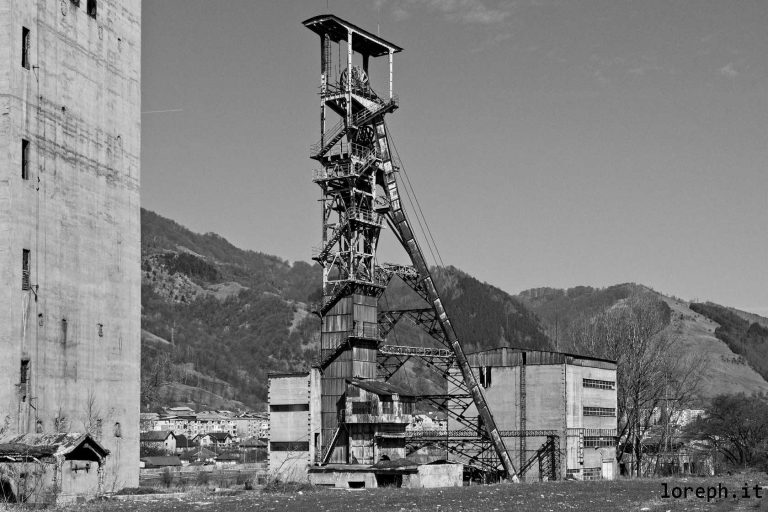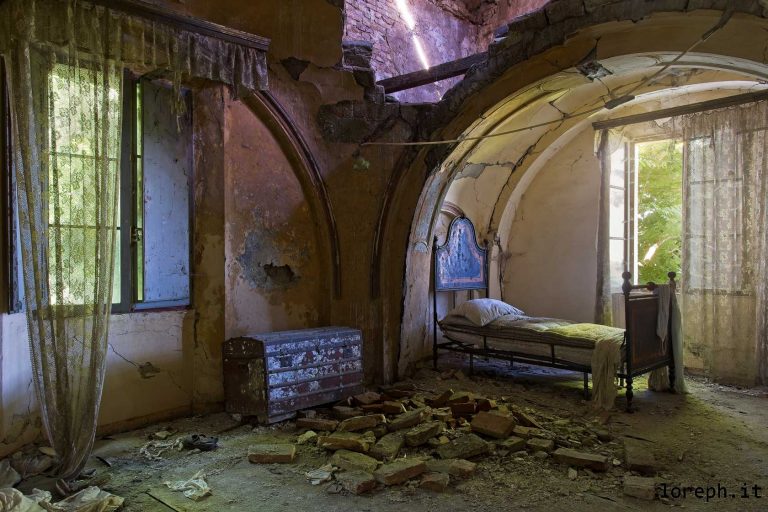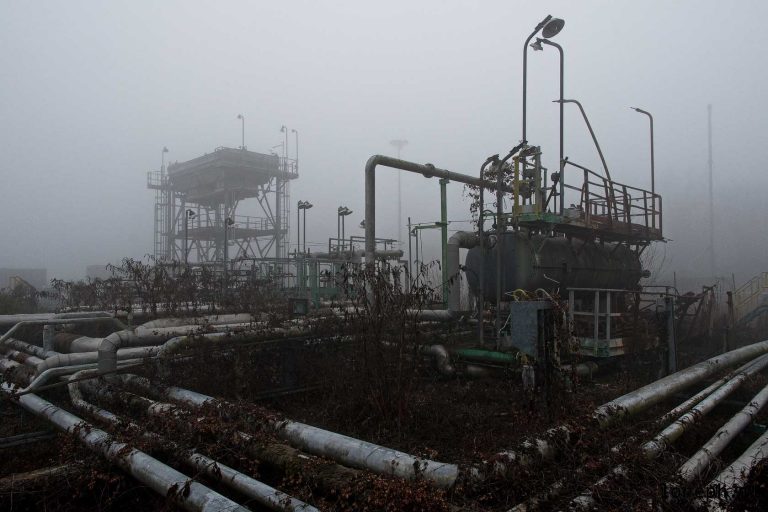EX CAVA DI ALPETTO [IT]
Exploration #114. These buildings housed the machinery for grinding the rock from the adjacent quarry. The raw material was then sent by ropeway to the cement factory.
The site had a very ancient history: quarries already existed in this area at the beginning of the 20th century, but it is from the 1930s that a large cement factory was born and began to exploit these rocks. A significant amount of cement used to build modern Milan came from that very plant. The quarry was exploited until the beginning of the 2000s after which, due to both the exhaustion of the material and the cement crisis, it was closed.
The factory, which still exists today but no longer produces cement, is located a few kilometres downstream and was connected to the quarry by a cable car. This facility was at the time the longest cableway for industrial use in Italy and, after it had become a characteristic element of the landscape and an attempt was made to save it as industrial heritage, it was unfortunately dismantled.
These we see were the material crushing buildings and the departure station of the cableway. To date, many projects for the recovery of the area have been presented whereas other projects for the maintenance of the vegetation, for the conservation, renewal and qualification of the environment were started from the same property over the years. However, this place can no longer go back to the way it was before human intervention but has now become part of the landscape with its unique beauty.






























